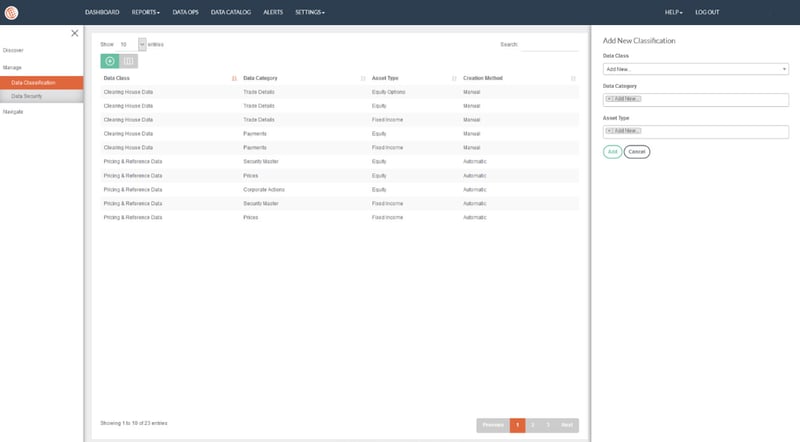Discover deeper insights, faster
Unlock business-wide insights from the data you depend on.

Xplore organizes and classifies data assets, and allows to search, access and collaborate in a data-driven environment.
Unlock business-wide insights from the data you depend on.
Clients waiting. Colleagues queuing. Competitors overtaking. Your data contains the answers you’re searching for.
But can you find your data? How much do you trust? And what do you really understand? Decision time is running out.
Xplore hands you the keys to drive business value. Let the right people find the right data no matter where it is located. Know where it comes from and how it’s used.
Collaborate and make decisions with confidence. Spend less time searching and more time exploring the data.
Xplore leverages machine learning to elevate human insight. The solution automatically classifies data within a consistent, enterprise-wide taxonomy, flags issues and makes recommendations based on how data is used.
Your team gets access to trusted data and the ability to share insights seamlessly – while you monitor compliance and drive cost optimization.

Anyone can search using natural language or use Xplore’s intelligent SQL editor for complex queries. Unlock the value of data across your organization.
Enable everyone to work from the same pre-defined and pre-approved data. Share insights via a variety of business intelligence tools.
Xplore integrates with a variety of popular source systems. Why waste time ingesting data when you could be finding actionable insights?
Xplore generates recommendations, flags issues, and highlights relevant policies. See who is using data, how, and how much.
Forget manual input and inconsistent interpretation. Machine learning adds useful context to your data and creates an easy to understand business glossary.
Rate and compare data sets to choose the highest quality data for each task.
Assign controls and link to usage policies to decide who can access data and ensure it’s used compliantly.

Xplore organizes and classifies data assets, and allows to search, access and collaborate in a data-driven environment.
Ready to optimize your enterprise subscription spend & usage?
ROI calculator1 Pennsylvania Plaza
3rd Floor
New York, NY 10119
All international offices